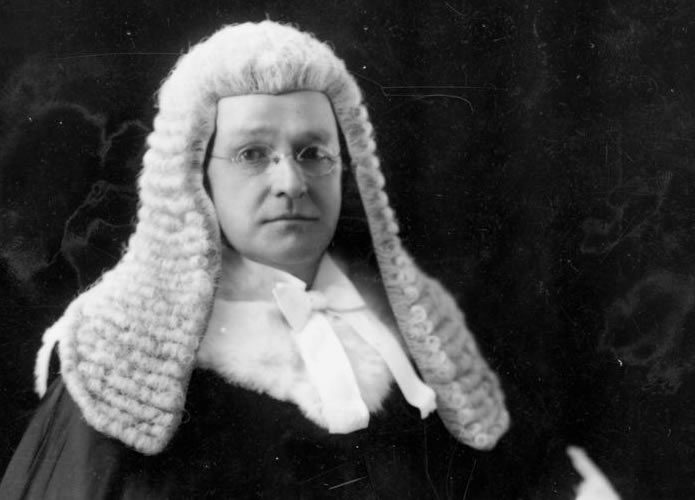
Your guide to trademarks for startups
You have a product that’s going to make you millions.
You’ve created ground-breaking software and given it a suitably catchy name as a trade mark. Everything is ready for launch and you can hear the distant sound of cash registers… You checked you could use that catchy name though, right?
Full steam ahead?
Amidst all the excitement and expense involved in starting a new business, it is important to give consideration to how you will be marketing your product.
If you don’t do the ground work at the start of the branding process you could come up against some significant (and costly) challenges.
It doesn’t matter how imaginative and original you think your trade mark might be, if you choose a name that conflicts with a competitor’s earlier rights and they successfully challenge your use of your name, you could be forced to rebrand.
This can be disastrous, especially if you have already invested significant amounts of time, effort and money on advertising and getting market-ready.
Why Do Due Diligence?
When deciding on your trade mark you may have invented a word, or taken inspiration from the nature of the product you will be selling. Essentially, the trade mark you choose indicates to customers that products and services originate from a particular business – yours.
Trade marks communicate with the consumer and enable them to repeat a purchase (if they liked your product), or avoid a product (if it’s more ‘breaking’ than ‘ground-breaking’). This gives you all the more reason to want to avoid using a name that is too similar to competitors’ trade marks.
Make sure you know if there are third parties who own identical or confusingly similar trade marks for identical/similar products/services to yours. Trade mark attorneys can advise you on whether your chosen mark is likely to infringe other people’s rights.
Trade mark searches (not to be confused with internet research using a search engine such as Google) can identify any earlier trade marks which could pose a risk to your adoption and use of your new product name.
Let’s Play Monopoly
If trade mark searches don’t uncover any significant obstacles then consider filing a trade mark application.
A registered trade mark would give you a monopoly right to stop competitors using (you guessed it!) identical/confusingly similar trade marks on identical/similar products/services to those covered by your registration.
What’s more, a registered trade mark is a property right you can license or sell to other companies, so it’s a pretty useful commodity and can help you on your way to making those millions…
You can file your own UK trade mark application with the UK Intellectual Property Office (a wealth of information is available on their website), or you could seek the advice of a registered trade mark attorney and they will be able to guide you through the process.
Flora Cook specialises in trade marks and domain names at Kilburn & Strode LLP
image credit: wikimedia commons

